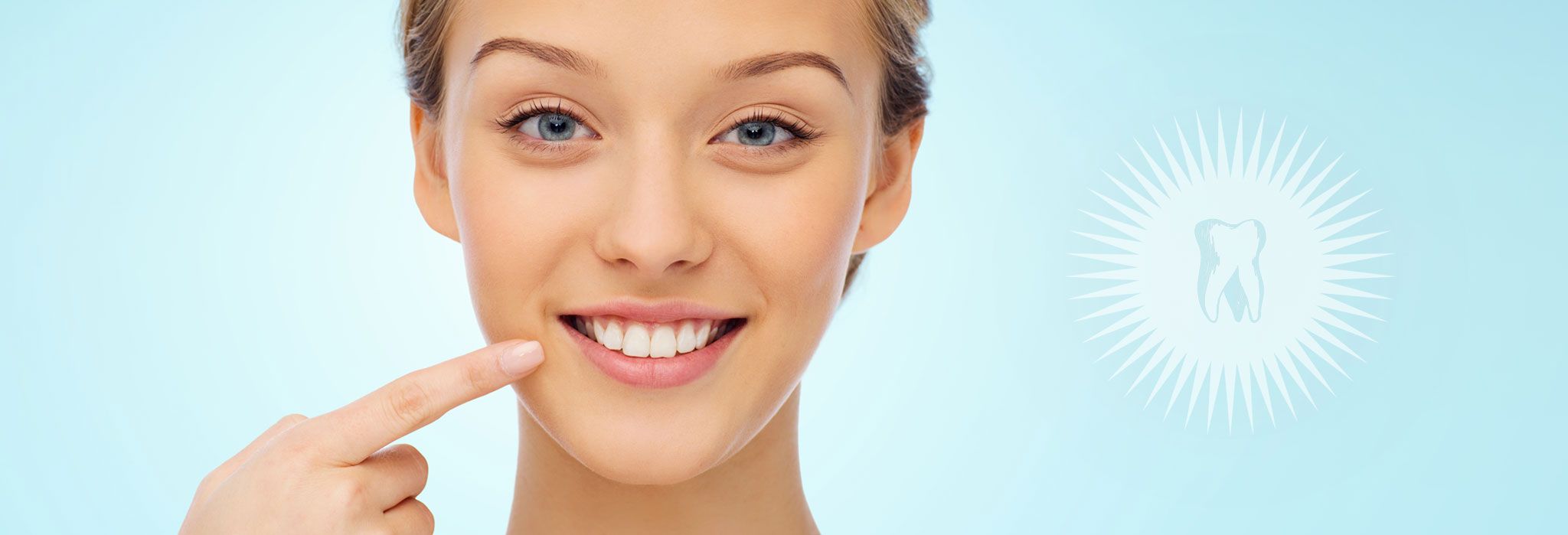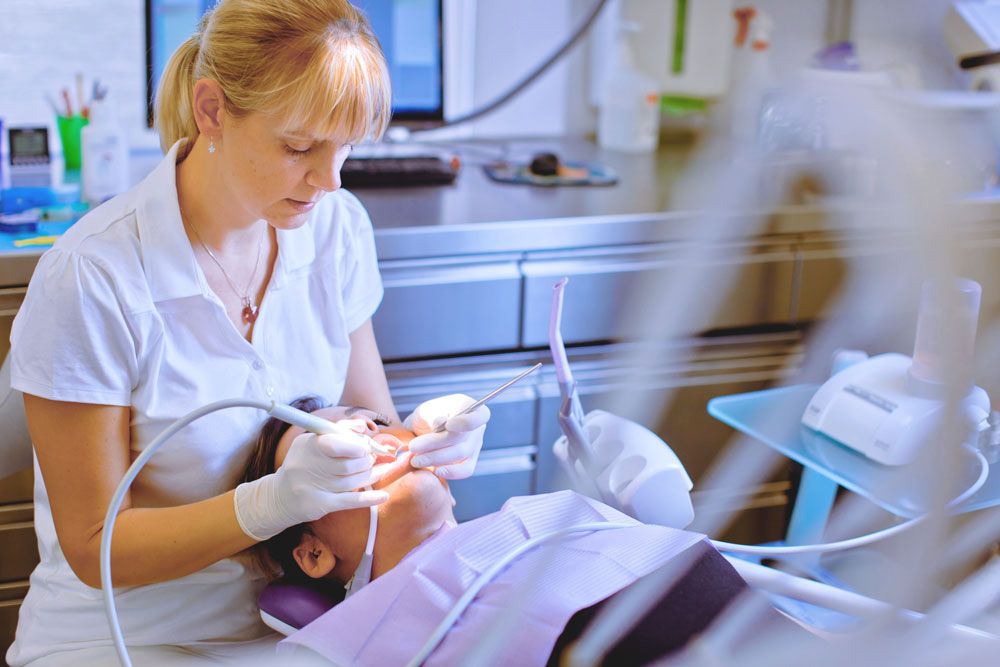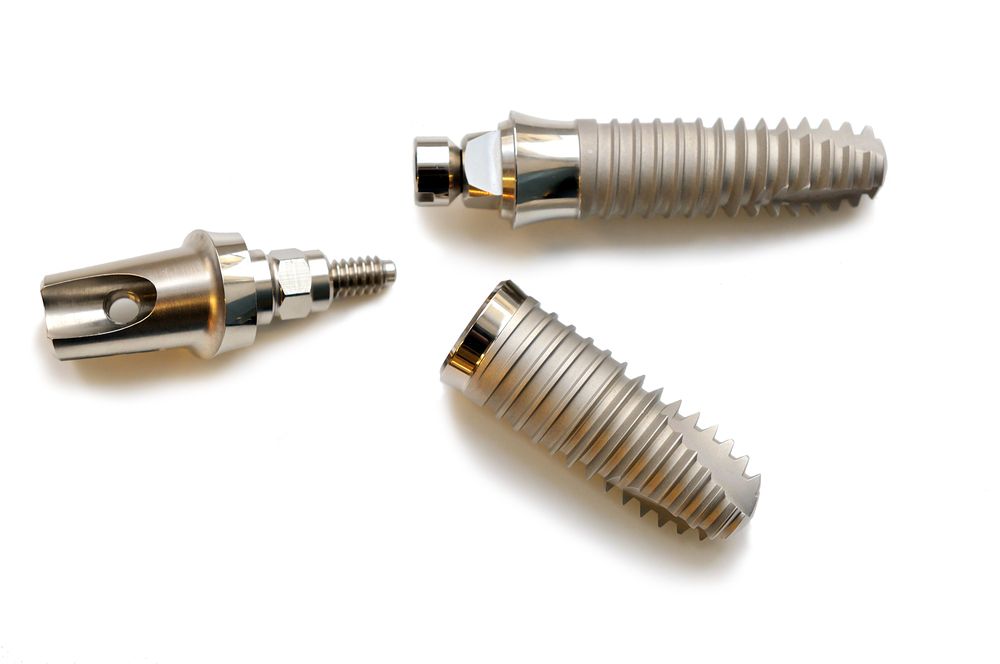
Professional oral hygiene
Next to dental care at home, professional oral hygiene is another mainstay of oral health care. Nobody intent on preventing caries and periodontitis, keeping teeth and gums healthy for a long time and preserving the aesthetics of their teeth can afford to skip those appointments. Professional oral hygiene centers around the manual removal of dental plaque and tartar. Plaque, the soft deposit on your teeth, is a so-called biofilm comprised of food residue, bacteria and their metabolic products. Whereever plaque is not regularly removed from dental surfaces, it will mineralize and form tartar. Tartar formation from plaque progresses much faster than many know and expect, and, once formed, toothbrush, floss and interdental brushes are no match anymore for these hard deposits. Tartar offers ideal long-term “living quarters” for bacteria and paves the way for caries, gingivitis and periodontitis. Once periodontits has progressed and gingival pockets have formed, there is another kind of very stubborn deposit patients have to worry about: the hard, dark colored deposits that develop on the root surfaces inside gingival pockets are referred to as concrement. Concrement is particularly dangerous, as it can re-kindle periodontal inflammations again and again. Its regular and thorough removal is an integral part of periodontitis therapy and maintenance care.
Every mouth profits from professional oral hygiene – and for some, it is truly essential
Even with the most meticulous brushing and flossing, there will alway be little nooks and crannies that you can’t really reach on your own. The wisdom teeth on the far ends of the tooth arch, interdental spaces, even the back sides of teeth and the small strip at the gum line are hygiene challenges that home dental care may not quite measure up to. Your nutrition habits, your lifestyle, your oral flora, your immune situation and the amount and composition of your saliva may increase your predisposition to develop plaque, tartar and concrement. Your dentist will advise you about dental hygiene on an individual basis. Generally, though, smokers, diabetics and immune compromised patients are proven to have a higher risk of periodontitis and must thus take oral hygiene very seriously. Professional oral hygiene is absolutely essential for periodontitis patients. Concrement must be regularly cleared from gingival pockets, and this is something you simply cannot accomplish at home. Only a combination of meticulous home care and frequent professional oral hygiene appointments can stop the gums from further receding.
You can get further Informations about the costs of a oral hygiene treatment in our download section(german only) or directly in our Practice in 1010 Vienna.
What happens during a prophylaxis appointment?
Please set aside about an hour for your professional oral hygiene appointment. Sometimes it can take a little longer – particularly, if we need to plane your root surfaces to remove concrement. After meeting our dental hygienist Izabella Manugiewicz, she will first check your teeth and gums and document her findings. For periodontitis patients, the depth of gingival pockets will be measured and recorded as a way to monitor the progress of the disease.
Then Frau Manugiewicz will start the actual cleaning procedure. All soft and hard deposits will be removed from dental surfaces above the gum line and from root surfaces in gingival pockets, using manual instruments (scraper, curette, strips of sandpaper), an Airflow powder jet or an ultrasound device. You might experience some pain and gum bleeding during this procedure – but all methods of dental scaling, root planing and dental debridement are proven to be gentle on teeth and safe. Sometimes sensitive tooth necks may react to the warmth produced by the ultrasound device. If that happens, we will replace the ultrasound treatment with one of the other methods.

As the cleaning is finished, dental surfaces will be polished with rotating rubber cups, brushes or dental tape and a polishing paste that leaves your teeth feeling smooth and fresh. The last step of the oral hygiene procedure is a touchup with fluoride varnish that hardens the enamel and inhibits the growth of bacteria. Fluoridising the surfaces of dental reconstructions is important, too, as bacteria can just as well form biofilms on crowns, bridges and implants, and thereby cause gum inflammations.
An important part of a professional oral hygiene appointment is the consultation: Do your teeth show signs of an improper brushing technique? What can you do to better remove plaque around implants, from interdental spaces or under bridges? The prophylaxis visit is always a chance to review and discuss home hygiene habits, make some good resolutions and commit to benefitial habits with renewed motivation.
How often should you schedule professional oral hygiene appointments?
If your teeth are healthy and you don’t face any particular risk for dental or periodontal diseases, one prophylaxis appointment per year is sufficient, and two are ideal. Periodontitis patients and patients with implants should have the procedure performed more often – we will be glad to advise you individually!
Dental advice – Implant care
Gum inflammations around implants are dangerous. Sensitivity towards acids – the only weak point of our otherwise perfectly robust natural tooth substance and the reason…

